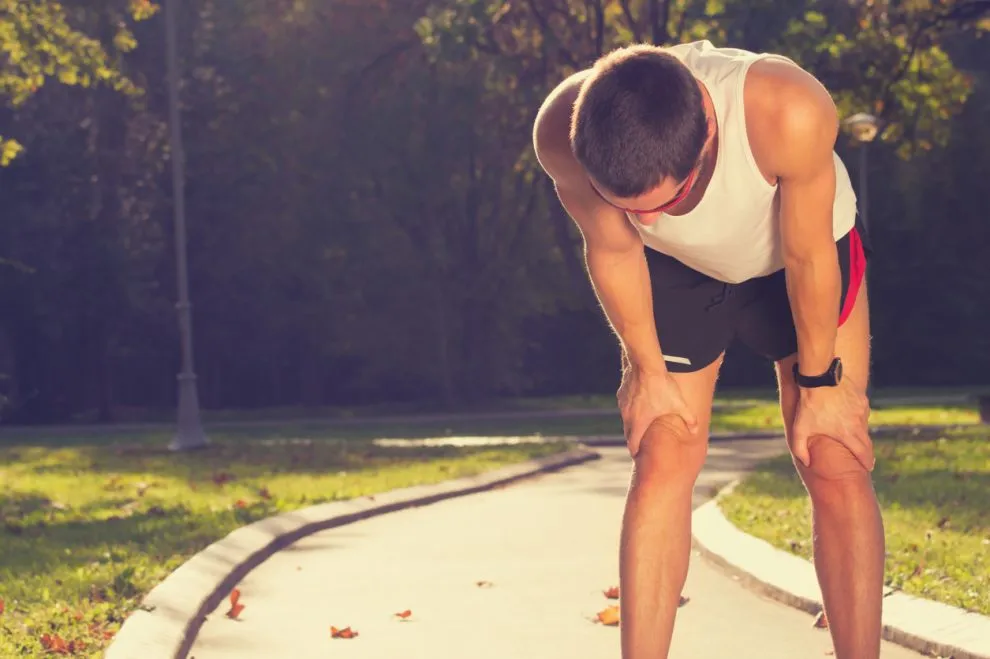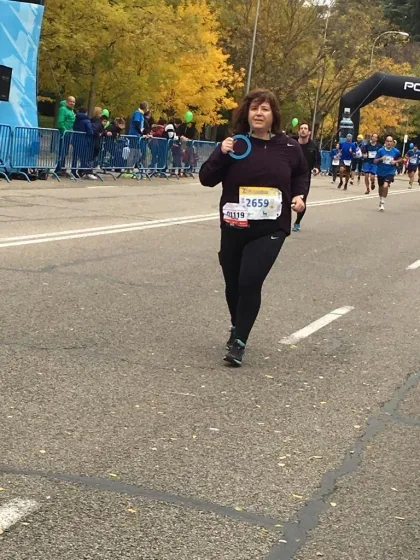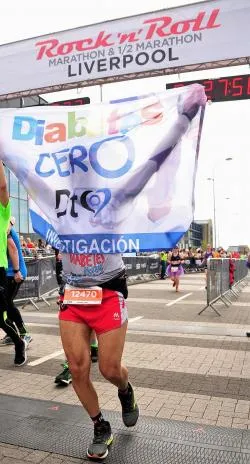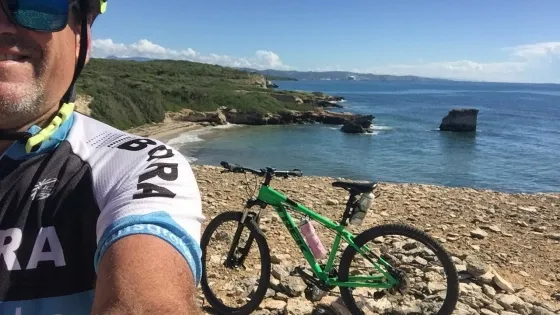Hello DVD80.
I have a degree in C.C of physical and sports activiad, responsible for the area of physical activity and sport of Durán Clinic.It is an endocrinology and nutrition clinic in Seville (Spain) and we are all specialized in diabetes, from our different areas (in my case physical activity).I tell you how a debut in diabetes and well -programmed physical activity is going.
On the one hand you have to have well -based basic concepts such as:
1st) Glycemia control 2 hours before physical activity (so that you will do insulin glycemia corrections, if necessary), why is it important to do this first step?, Because you can't start doing activityRegulated Physics (I do not talk about doing the homework or a small walk, but a training session of moderate intensity) if you have the glucose in values greater than 180 mg/dl, because in that case the physical activity will make theGlycemia rises instead of lowering it.Therefore if you control 2 hours before and 1.5 hours before and see that you have an ascending trend, I advise you to click some fast insulin (1-2 IU) to get to the time of the physical activity sessionWith value less than 180 as I tell you.
2nd) Divide the time of the session into three parts:
(1st control) 33% of the time (2nd control) 33% of the time (3rd control) 33% of the time (4th control).
You get a blood glucose control, always at the beginning of the session, to know where parts and at the end of the first period, at the end of the second period and at the end of the third period (end of the session), in this way you can observe theGlycemia trend and make corrections at the level of food intrasion and after it.
I leave you an algorism that we use to avoid unpleasant situations during exercise:
*1st control (before the fair session): -If glucose between 70-90 ...........
-Yes glucose between 90-120 ............ Eat 20-25gr of rapid absorption HC
-If glucose between 120-180 ........... nothing and you can start the session
-If glucose above 180 .... cancel the session, inject 1-2 IU of
fast insulin and wait to enter more appropriate ranges.
3rd) There is an aspect that people do not usually know, and after the exercise session, it continues to lower the glucose up to 2 hours post session, I mean, if you finish doing a physical activity session, in which in whichThe trend of glucose has been descending, but without risk at a low, and you have finished with a very good glucose of 95 mg/dl per ejmoplo, it will continue to fall until 2 hours after the session is finished, giving cases of people who havesuffered hypoglycemia at 1.5 hours after the session of physical activity has finished.Keep in mind and you will avoid more than an unpleasant surprise.Hence the importance of the last contour, because it marks you whether or not you have to ingest HC of rapid absorption, imagine that you end with 75mg/dl and you feel perfectly, well, well you would have to take 25gr of HC, because you can fall intohypoglycemia in a short time.I put the post exercise algorism.
*4th Control (after the fair session): -I
-Yes glucose between 90-120 .... Eat 5-10gr of rapid absorption HC
- If glucose greater than 120 ..... nothing4th) Avoid performing the session in the central hours of the day (in heat or cold situations too high), since it does not help the glucose curve stabilize.Better to do it when you enjoy a soft weather, not very cold or very hot.
5th) Use proper footwear and clothing for the A.F.If you are not physically comfortable, the glucose trend will be altered, due to the stress that can cause you for example, that you hurt your shoes.
This is the basics to start doing physical activity safely for diabetics.You have to keep in mind that at first you will have to do how your body reacts to the different sessions, depending on the objective you are looking for: aerobic - interval -anaerobic, and all its training subsystems, and you will have to adjust the taking of HC before and afterof exercise.
My recommendation, and I tell you because I decide to this, is that for a year you invest a little money in a personal coach specializing in diabetes, will teach you, guide and take care of you.From the year, with the training that this one gives you and the knowledge of how your body reacts to the different sessions that you will have developed with the personal coach, you can continue on your own with the risks of sports practice in minimized diabetic people.
Keep in mind that physical activity is the best pill for diabetes control, so invest your time and money in this field, the complement to insulin and pills you already have it there but with a good diet and the activityAdequate physics, surely you will reduce pharmacological treatment.
To finish I tell you that it is very important that your endocrine, your dietitian and your personal coach are well coordinated, so it is best to look for a multidisciplinary team that helps you combine these three aspects, which together with the scope of psychology, make upThe 4 legs of the chair on which you will sit to control diabetes the rest of your life.
Endocrine - Dietitian - Personal Coach- Psychologist
This is the team that you must trust for the proper control of your diabetes.A cordial greeting of the entire Durán & Associates team: D
Endodiabesidad.Clinica Duran & Asociados (Sevilla)
Unidad de Investigación en Diabetes, Obesidad, Hipertensión y Colesterol







